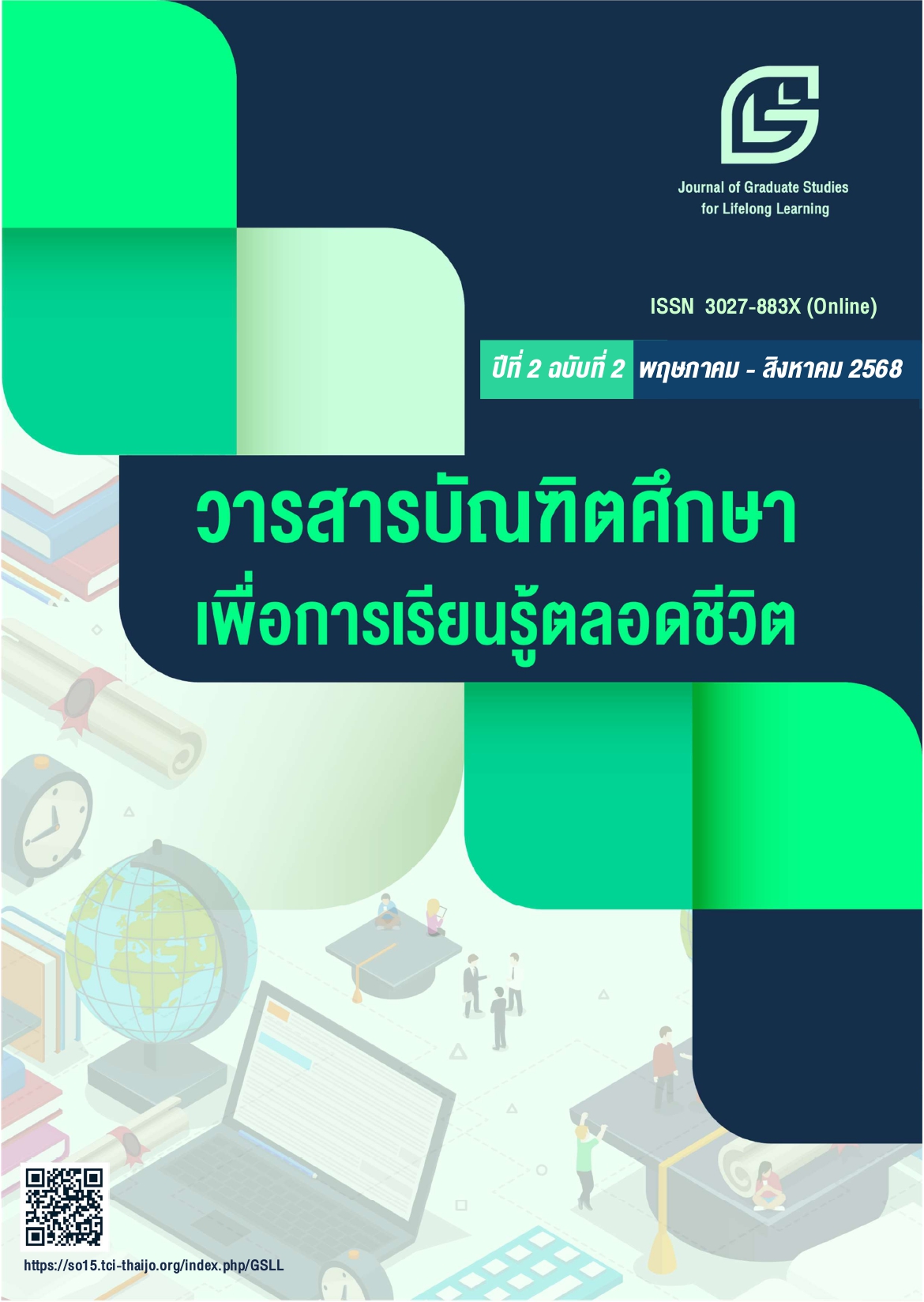Factors associated with the Antibiotic Usage Behavior of the Village Health Volunteers in Ron Phibun District Nakhon Si Thammarat Province.
Main Article Content
Abstract
This cross-sectional survey study aimed to study the factors related to antibiotic use behavior of village health volunteers (VHVs) in Ron Phibun District, Nakhon Si Thammarat Province. The sample consisted of 328 VHVs. The simple random sampling method was used. The instruments used were questionnaires with IOC values between 0.67 and 1.00. The knowledge questionnaire had a KR-20 value of 0.74. The attitude and antibiotic use behavior questionnaire was used. The Cronbach's alpha coefficient was 0.70 and 0.82. The data were analyzed using descriptive statistics and Multiple logistic regression.
The results of the study found that most of the sample had low knowledge (53.35%) and high and moderate attitudes (50.00%). The most conducive factors for receiving antibiotics were government hospitals (36.3%) and received information from the Internet and public health officers (36.3%) and 35.4% respectively. The most supportive factors were public health officers (45.1%). Most antibiotic use behaviors were appropriate (53.4%). Factors related to antibiotic use behaviors were education level, marital status, occupation, income, knowledge, attitude, supporting factors, and supporting factors.
Therefore, public health officers should organize a training program on the rational use of antibiotics for village health volunteers to be leaders in the correct use of drugs and create a good attitude for village health volunteers
Article Details

This work is licensed under a Creative Commons Attribution-NonCommercial-NoDerivatives 4.0 International License.
References
ปรีชา อันรัสพงศ์. (2565). ความรู้ ทัศนคติ และพฤติกรรมในการใช้ยาปฏิชีวนะของประชาชนที่มารับบริการแผนกผู้ป่วยนอกโรงพยาบาลศรีรัตนะ อำเภอศรีรัตตนะ จังหวัดศรีสะเกษ. วารสารการคุ้มครองผู้บริโภคด้านสุขภาพ, 2(1), 62-70
พฤหัสกัญยา บุญลบ, นวพรรธน์ดี ประเสริฐวรกร, อนุรักษ์ มีอิ่ม, เจริญ ทุนชัย และพระครูโอภาสกาจนธรรม. (2563). การปฏิบัติงานตามบทบาทหน้าที่ของอาสาสมัครสาธารณสุขประจำหมู่บ้าน (อสม.) ในเขตเทศบาลเมืองชะอำ อำเภอชะอำ จังหวัดเพชรบุรี. วารสารสิรินธรปริทรรศน์, 21(2), 197-205.
พัชร์สณธิ์ อ่วมเกิด. (2560). ปัจจัยทํานายพฤติกรรมการใช้ยาปฏิชีวนะของอาสาสมัครสาธารณสุขประจำหมู่บ้านในจังหวัดปทุมธานี [วิทยานิพนธ์ปริญญามหาบัณฑิต ไม่ได้ตีพิมพ์]. มหาวิทยาลัยธรรมศาสตร์.
วรวิทย์ นุ่มดี. (2563). พฤติกรรมการใช้ยาปฏิชีวนะของอาสาสมัครสาธารณสุขประจำหมู่บ้าน ในอำเภอเดิมบางนางบวช จังหวัดสุพรรณบุรี. วารสารมหาจุฬานาครทรรศน์, 7(7), 213-228
สุวัฒน์ ปริสุทธิวุฒิพร และมัณฑนา เหมชะญาติ. (2557). ปัจจัยที่มีผลต่อพฤติกรรมการใช้ยาปฏิชีวนะของผู้รับบริการ ในโรงพยาบาลขลุง จังหวัดจันทบุรี. วารสารศูนย์การศึกษาแพทยศาสต์คลินิก โรงพยาบาลพระปกเกล้า, 31(2), 114-127
สำนักงานกองทุนสนับสนุนการสร้างเสริมสุขภาพ (สสส.). (2560, 22 กุมภาพันธ์). ลดใช้ยาปฏิชีวนะ และยาไม่จำเป็น. https://www.thaihealth.or.th/?p=256837.
สำนักงานคณะกรรมการอาหารและยา. (22 มีนาคม 2561). อย. เลิศ ปฏิบัติการลดภัยร้ายจากเชื้อดื้อยาที่คร่าชีวิตคนไทยปีละ 38,000 คนจัดใหมีโครงการ ชั่งใจก่อนใช้ยา รณรงค์การใช้ยาสมเหตุผล. https://dis.fda.moph.go.th/detail-newsUpdate?id=1252
สำนักศูนย์เรียนรู้สุขภาวะ (สสส.). (2560, กันยายน 28). ความหมาย ยาปฏิชีวนะ กับ ยาแก้อักเสบ. https://www.thaihealth.or.th/?p=230185.html. (in Thai)
อารยา ข้อค้า. (2563). ยาปฏิชีวนะและการดื้อยาปฏิชีวนะของแบคทีเรีย. วารสารการแพทย์และวิทยาศาสตร์สุขภาพ, 27(2), 125-139.
อารยา ข้อค้า และอาทิตยา จิตจำนงค์. (2564). ความรู้และพฤติกรรมการใช้ยาปฏิชีวนะของนักศึกษาระดับปริญญาตรีในจังหวัดภูเก็ต. เวชสารแพทย์ทหารบก, 74(4), 277-290.
อัมพร ยานะ และดลนภา ไชยสมบัติ. (2564). ปัจจัยที่มีความสัมพันธ์ต่อพฤติกรรมการใช้ยาปฏิชีวนะของผู้รับบริการแผนกผู้ป่วยนอกของโรงพยาบาลชุมชน. วารสารพยาบาลกระทรวงสาธารณสุข, 31(1), 121-134.
องค์การเภสัชกรรม. (2557, 22 สิงหาคม). ยาปฏิชีวนะยาอันตรายห้ามซื้อกินเอง. โรงพยาบาลกรุงเทพราชสีมา, https://www.facebook.com/photo.php?fbid=719786691428574&id=131874466886469&set=a.134517596622156&locale=th_TH.
Best, J. W. (1977). Research in Education. Prentice Hall.
Bloom, B. S. (1976). Human Characteristic and School Learning. McGraw-Hill Book.
Green, L., & Kreuter, M. (2005). Health Program Planning An Educational And Ecological Approach (4th ed.). Mc Graw-Hill.
Health Policy and Systems Research on Antimicrobial Resistance (HPSR-AMR) Network. (2018). Thailand’s First One Health Report. AMR THAILAND, https://amrthailand.net/Home/Thailand.
Krejcie, R. V, & Morgan, D. W. (1970). Determining Sample Size for Research Activities. Educational and Psychological Measurement, 30(3), 607-610. https://doi.org/10.1177/001316447003000308


